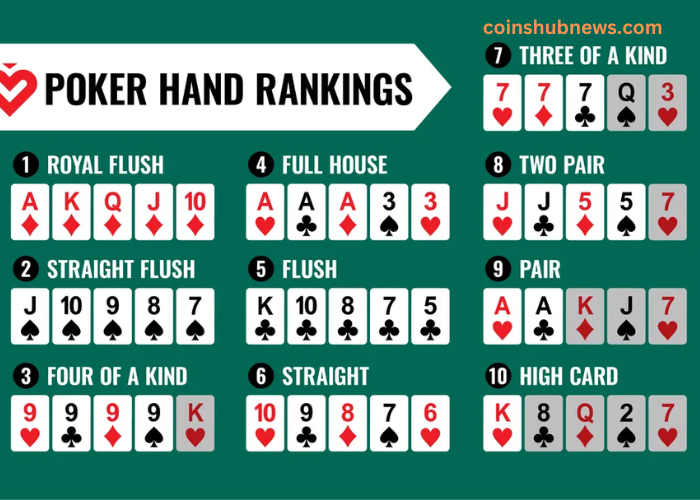Poker is one of the most popular card games worldwide, and among its various forms, Texas Hold’em has gained immense popularity in casinos, home games, and online platforms. Understanding the Poker Hold’em rules is essential for anyone looking to join the fun and excitement of this strategic game. In this comprehensive guide, we’ll break down the rules, structure, and strategies to help new players get started.
The Basics of Texas Hold’em
Texas Hold’em is played with a standard 52-card deck and can accommodate 2 to 10 players. The objective is to win chips by either having the best hand at showdown or convincing other players to fold their hands. The game consists of four betting rounds and uses community cards to create the best five-card hand.
Setting Up the Game
Before diving into the Poker Hold’em rules, it’s important to understand the game’s setup:
- Blinds: The game begins with two players posting the small blind and big blind bets, which initiate the betting. The small blind is typically half the size of the big blind. These forced bets ensure there is money in the pot from the start.
- Dealing Cards: Each player is dealt two private cards (known as hole cards) that belong to them alone. After the hole cards are dealt, the first betting round begins.
Betting Rounds
There are four main betting rounds in Texas Hold’em, each with specific قوانین پوکر هولدم:
- Pre-Flop: After receiving their hole cards, players can choose to call (match the big blind), raise (increase the bet), or fold (discard their hand). The action moves clockwise around the table.
- Flop: Once the pre-flop betting is complete, three community cards are dealt face-up on the table. This is known as the flop. A second betting round follows, starting with the player to the left of the dealer.
- Turn: After the flop betting concludes, a fourth community card, called the turn, is revealed. Another round of betting ensues, following the same structure as previous rounds.
- River: The fifth and final community card, known as the river, is dealt face-up on the table. Players now have all five community cards to use in combination with their hole cards. A final betting round occurs.
The Showdown
If there are two or more players remaining after the final betting round, a showdown takes place. Players reveal their hole cards, and the best five-card hand wins the pot. The hand rankings are as follows, from highest to lowest:
- Royal Flush: A, K, Q, J, 10, all of the same suit.
- Straight Flush: Five consecutive cards of the same suit.
- Four of a Kind: Four cards of the same rank.
- Full House: Three of a kind plus a pair.
- Flush: Five cards of the same suit, not in sequence.
- Straight: Five consecutive cards of different suits.
- Three of a Kind: Three cards of the same rank.
- Two Pair: Two cards of one rank and two cards of another.
- One Pair: Two cards of the same rank.
- High Card: The highest card when no other hand is made.
Betting Options
Throughout the betting rounds, players have several options:
- Check: If no bets have been made, a player can check, meaning they pass the action to the next player without betting.
- Call: Match the current highest bet.
- Raise: Increase the current bet.
- Fold: Discard their hand and forfeit any chance of winning the pot.
Strategies for New Players
While understanding the Poker Hold’em rules is crucial, developing a strategy is equally important. Here are some tips for new players:
- Starting Hands: Be selective with your starting hands. Familiarize yourself with which hands are strong and which are weak. Premium hands like A-A, K-K, and Q-Q are worth playing aggressively.
- Position Matters: Your position at the table influences your strategy. Being in a late position allows you to observe other players’ actions before making decisions.
- Pay Attention to Opponents: Observe your opponents’ betting patterns. Are they aggressive or passive? Understanding their tendencies can help you make better decisions.
- Manage Your Bankroll: Set a budget for how much you’re willing to spend on poker, and stick to it. Avoid chasing losses, as this can lead to poor decision-making.
- Practice: The best way to improve is through practice. Play free games online or with friends to gain experience without risking real money.
